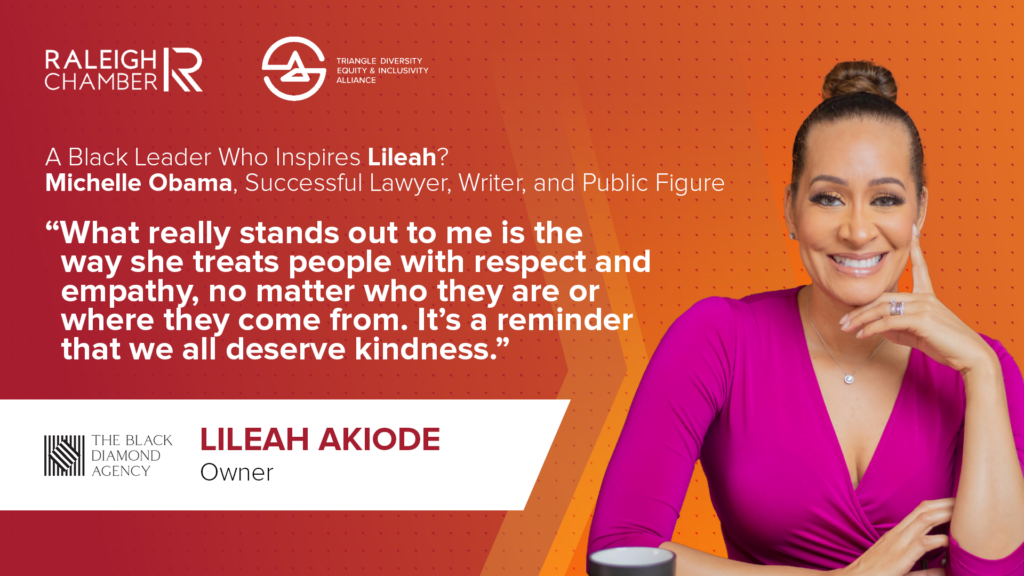Build a Thriving Workplace with DEI
The world of work has changed dramatically in recent years, and the pandemic has heightened awareness for the importance of diversity and inclusion in the workplace.
Recently, there has been an increased realization from employers that they need to be doing more to promote diversity and inclusion.
There are numerous benefits for both employers and their teams when equality, diversity and inclusion are championed in your business.
Today, we look at why this is and how to build a more diverse team.
Keeping Your Diversity and Inclusion Commitment
It is no secret to employers that a diverse team is a productive team.
A Harvard Business Review report found that when making decisions, teams with a diverse make-up outperformed individual decision-makers 87% of the time. Plus, diverse teams are proven to have increased innovation and creativity, have higher employee engagement, and they generate increased profits.
But unfortunately, during the ongoing Covid-19 situation, diversity and inclusion have slipped down the list of priorities for many organizations.
Diversity, equity and inclusion has certainly gained momentum in recent years as an important issue and should not be treated by employers as a ‘trend’ to dip in and out of when it suits them.
It is something that needs to be built into the mission, vision and ethos of your company.
Title VII of the Civil Rights Act of 1964 states that no individual should be discriminated against in the workplace due to their race, color, religion, sex and national origin. And yet, there is still a lot of work for many organizations to do to ensure they are operating an entirely equal and inclusive working environment.
So, let’s look at how employers can ensure they are championing diversity, equity and inclusion in their place of work.
1. Create a Culture of Equality
One of the more challenging elements of creating a fair and equal environment in your workplace is changing the climate that may have been in place for many years, sometimes even decades.
Management styles can get passed down through generations in organizations, as one set of managers and leaders replaces another and picks up subtle ways of working, which can become set within the company ethos.
At best, this can include acting and behaving a certain way which only serves a few individuals out of a whole team, hiring the same type of people. At worst, it can mean actively shunning certain groups of people – and remember, this can be done consciously and subconsciously (we will discuss unconscious bias in more detail in the next section).
So, to combat inequality, and cultivate a culture of equality, this needs to be addressed at the most basic level by including an equality, diversity and inclusion article in your company mission statement.
But including an equality objective in your organization is just the first step.
Remember to continually review and evaluate your policies and procedures to ensure that equality is present in:
Next, let’s look at tackling unconscious bias in your workplace.
2. Managing Unconscious Bias
Unconscious bias can affect all of us, and it’s essential that it is managed effectively in your organization, from whom you choose to employ, who you choose to promote, which members of the team you ‘prefer’ working with and how members of your team engage with each other.
Of course, we are naturally attracted to people with whom we can find common ground, and this affects the way we interact with others both in the workplace and out of it.
You could look into training programs for the entire team on how to spot and tackle unconscious bias – this type of bias is so ingrained that we often don’t realize that it’s happening.
There are also some ways to spot and stop unconscious bias in your workplace, including:
-
Being aware of the potential for unconscious bias – talking about it with employees and making them aware of how their interactions can affect others.
-
Question yourself and the decisions you make regularly – have you chosen a certain individual for a new project because they are the best person for the job, or because you tend to favor them?
-
Create a support network for employees – let them know that if they feel they have been overlooked or singled out due to a bias, that there will always be support for them and that you will actively work to remedy this.
Finally, let’s look at the easiest place to champion diversity and inclusion in your workplace – your recruitment process.
Championing Diversity in Your Recruitment Process
If you are committed to increasing diversity, equity and inclusion in your organization, your recruitment process is where you can start to make positive changes.
Recruitment can be a complex and emotionally-charged event.
Many employers and hiring managers have very stringent ideas of whom they believe they are looking for, for a particular role. And of course, this affects the potential for a diverse workforce.
Whether conscious or not, it is a fact that hiring managers like to hire people who remind them of themselves. But this makes for a very un-diverse workforce.
What can be done to reduce bias in your recruitment process?
You can introduce blind skills challenges, make use of AI in your recruitment process or use new and different channels to advertise your roles. You can also work with a dedicated recruiter.
Working with a recruiter will allow you to reduce the amount of bias in your recruitment process, not only as they will work as a mediator between the company and the candidates, which allows for a completely unbiased selection process. But they can also challenge your ideas of the kind of candidate you are looking for and can locate candidates that you would never have been able to access when working alone.
To find out more about how to champion diversity, equity and inclusion in your organization by working with a recruiter, you can contact us at 919-813-2454 or email us at Info@TheBlackDiamondAgency.com.
Remember – creating a diverse workforce leads to higher engagement, greater productivity and is better professionally and personally for every member of your team.






